Can you guess the name of the brown gnarly-looking root vegetable that no one remembers until Christmas? Or until one-fine-morning when you suddenly feel like making ginger snaps only to realize that you don’t have ginger! Well, there’s no need to put away your baking gloves in disappointment. Here are some incredible substitutes for ginger that are easily available in your pantry.
Ginger is a root vegetable belonging to the same family as turmeric and cardamom. You may find several varieties of ginger available. But the most common type can be recognized by its thin, light brown skin and pale-yellow flesh. In Western cuisine, ginger rarely makes an appearance outside of baking. But this aromatic spice is an integral ingredient in most Asian dishes. There’s no stir-fry without visible pieces of ginger julienne, or a traditional soup without a distinct gingery aroma filling up every mouthful. Ginger is used quite generously in Indian and Mughlai cuisines as well, mostly in the form of a paste. In most Indian households, ginger is a staple spice that goes into everything from lentils, vegetable curries, meats, and even tea.
Jump to:
Health benefits of ginger
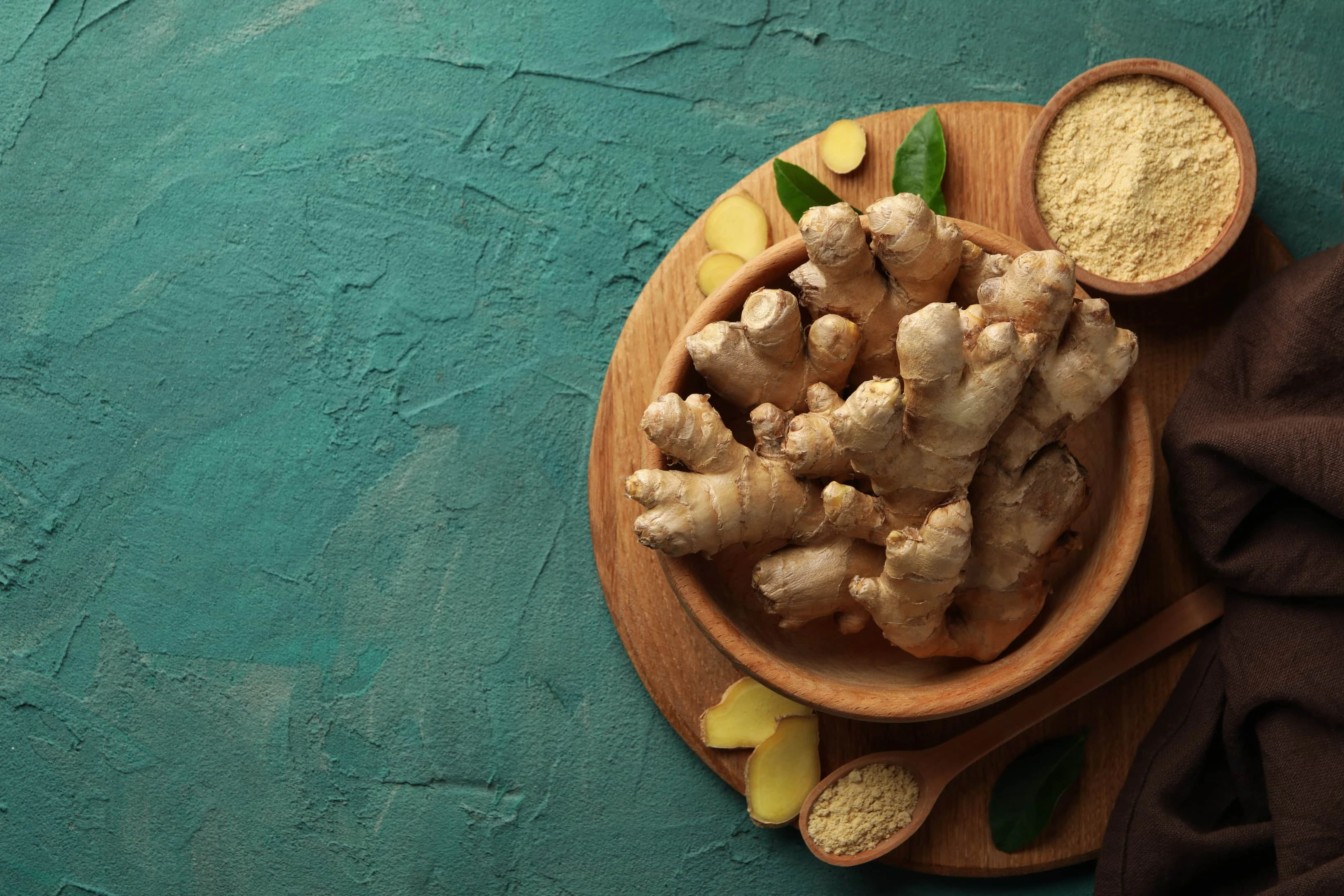
In the world of spices, one of the healthiest spices that you can consume is ginger. Besides being incredibly flavorful, this spice is loaded with tons of healthy nutrients that are beneficial for the human brain and body. You can explore its prolonged history as a traditional medicine administered for common colds and flu in many parts of the world. Next time you have a problem with a sore throat, just boil some ginger and gargle with the strained water. It also works as a magic inhalant to ward off nausea and mild headaches. If you are dealing with digestion issues, you can try drinking ginger water first thing in the morning. The presence of certain bioactive properties in the vegetable help to reduce bloating and cramps.
Adding zing to your palate
When it comes to cooking, people use ginger in fresh, powdered, pickled, or dried forms. It is the natural oils in the herb, gingerol in particular, which gives that sweet and tangy flavor to the food. Food connoisseurs believe that ginger works to activate the taste buds. This is probably the reason why a large number of appetizers across cuisines tend to have ginger as a predominant flavor. This aromatic spice also helps in enhancing the umami factor (the pleasant, savory taste) of vegetarian dishes. So, if you’re planning to go vegan or cut down on meat, you know what to pick up next time you visit the local market.
Now, this is where the challenge comes. Due to its limited usage in Western foods, you may find it hard to get your hands on fresh ginger in your regular stores. Do not worry! Try one of these ginger substitutes to overcome your culinary crisis.
Readymade substitutes for ginger
The closest alternatives to fresh ginger are different forms of preserved ginger. You can get them in most local stores or purchase them online.
1. Ground ginger
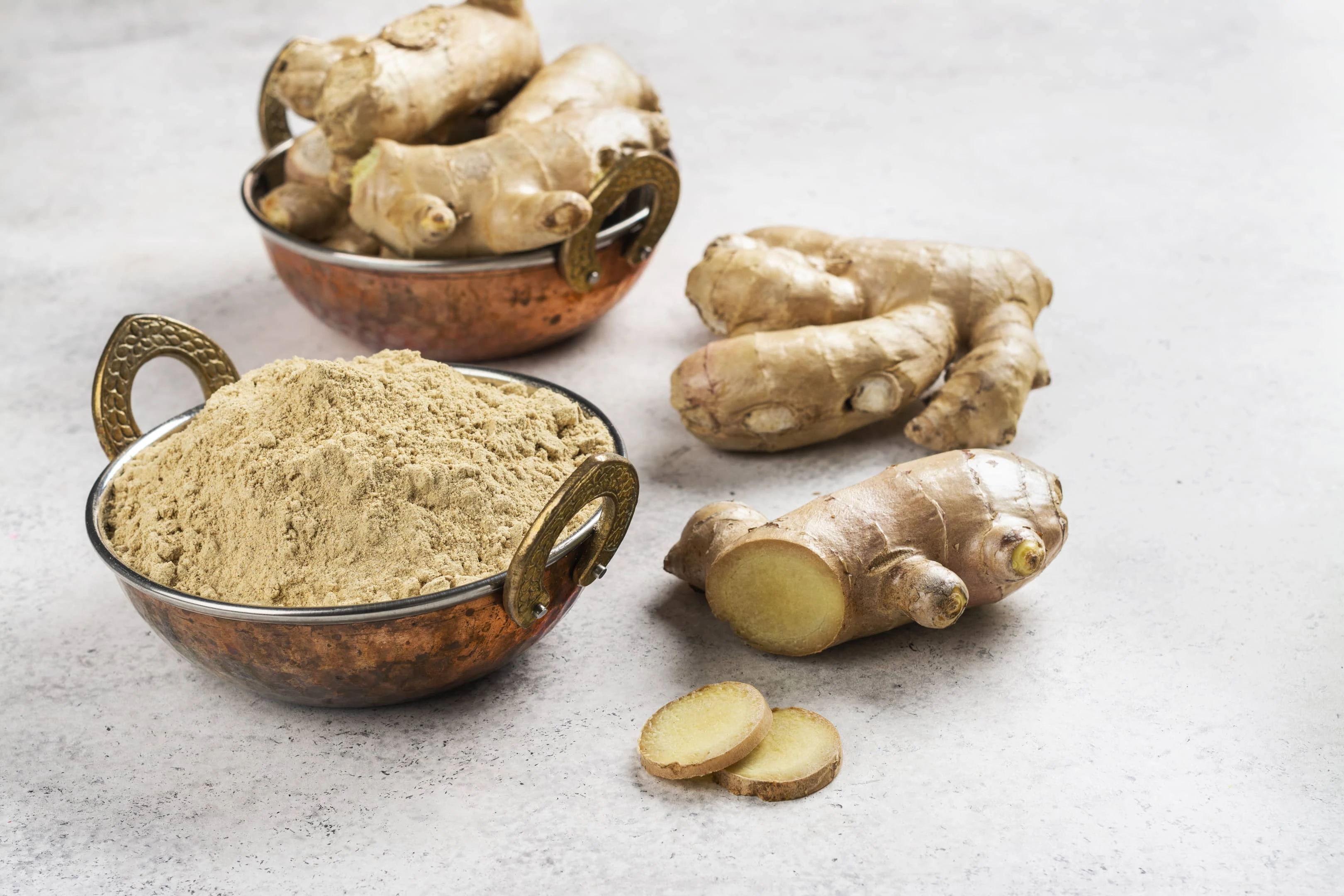
If you don’t have fresh ginger at hand or are allergic to its strong flavor, try using ground ginger instead. This is a dried, powdered form of the root spice. You can use it as a perfect substitute for fresh ginger. Available in small spice jars and sachets, ground ginger provides a strong flavor without the pungency of the fresh root herb. This works really well with most dishes, and you can easily incorporate it into batters and even sauces. Use it with complementary spices like cardamom, cloves, or garlic to prepare stir-fried veggies, curries, or a simple gravy to go with rice. You can also work it into your mix for fruit tarts, pumpkin pies, and a wide range of other baked foods. Since powdered ginger is more concentrated than the fresh herb, substitute 1 teaspoon of fresh ginger for about ¼th teaspoon of its ground form.
2. Ginger paste
While ground ginger works well for baked dishes, some people might find it lacking in the punch that savory recipes demand. For all your Asian and Indian curries, you can stock up on ginger paste. They come in glass bottles and capped-sachets, and you can store them for a good four to five months in the refrigerator. Some brands offer pure ginger-paste, while others combine it with garlic, chili, and other spices. You can also prepare the paste at home when you have fresh ginger available, and store it in the freezer with a dash of oil for future recipes. This way, you get to enjoy all the goodness and benefits of fresh ginger without the hassle of peeling, chopping, or grating. In fact, this substitute is so convenient you might just never go back to fresh ginger again!
3. Minced or grated ginger
Quite similar to ginger paste, except for its coarser texture and a somewhat saltier flavor. This is perfect for making a stir-fry or as an addition to your pick-me-up soups. It also works wonders for sauces, glazes, and marinades for meat and seafood. Check the product labels for additional ingredients when buying grated or minced ginger. Most often, they are pre-mixed with vinegar to increase their shelf-life.
4. Candied ginger
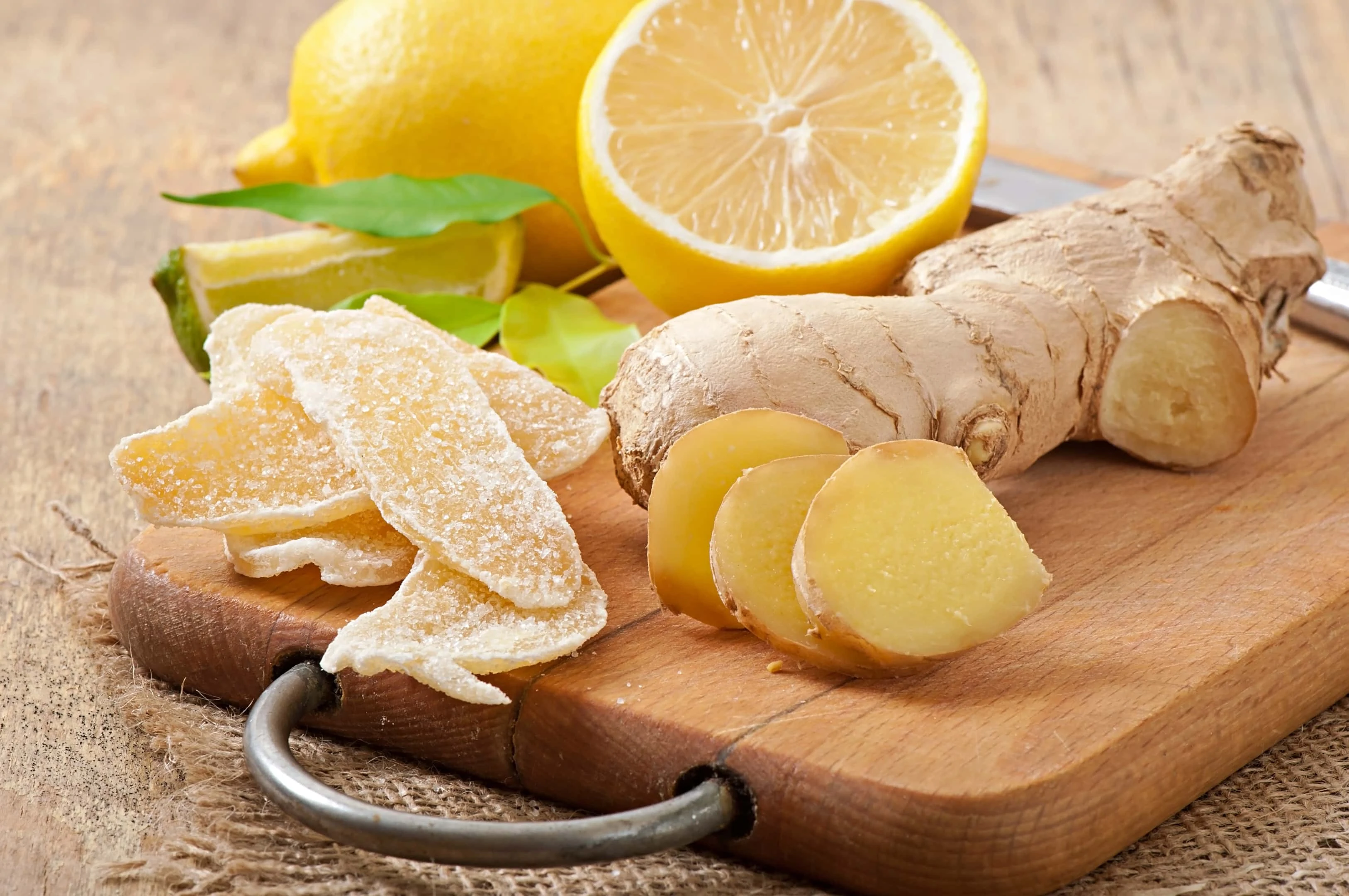
Also known as crystallized ginger, these thin slices of cured ginger are coated in sugar or sweetener. Most people think of these as literal candies and walk past them at the supermarket without a second glance. But crystallized ginger can actually function as a great ginger alternative if you figure out the tricks in using them. You can chop and add to your gingerbread or cookies, and even melt them over a pan of butter for an instant delectable sauce!
The best ginger substitutes
So, let’s say there’s no trace of the spice named ginger, in any form, anywhere in your house or in your locality. What then? Generally speaking, the flavor of ginger can be broken down into heat, tang, and sweetness. You can find several spices and herbs readily available, which you can combine or use singly to mimic the flavor of ginger. Here are some classic spices to act as ginger substitutes. You will surely find at least a few of them in your pantry even as you’re reading this!
1. Allspice
The name seems to suggest that it’s a blend of several spices. In reality, allspice is a powdered condiment made from the berries of a Jamaican pepper plant (Pimenta dioica). It was discovered centuries ago by none other than Christopher Columbus! When Europeans tasted it for the first time, they felt as though they were tasting several spices at once. Now you know where the original name comes from!
The allspice flavor is specifically a mix of pepper, nutmeg, and cinnamon. Therefore, it is your best bet when looking for a ginger substitute. It is available as whole peppercorns as well as in the ground form. Pre-powdered, allspice tends to lose some of its flavors over time. Therefore, at best, you can buy it whole and then grind as and when you need it.
You can use allspice for both baked goods and for preparing savory dishes. Use it as a substitute for ginger in garlic bread, gingerbread, cookies, pies, and so much more. You can also use it to prepare Mediterranean dishes like Cincinnati Chili and Jamaican-style Jerk Chicken. Add a pinch to your usual tossed veggies. Of course, you have a close cousin of the Asian stir fry in minutes!
2. Nutmeg
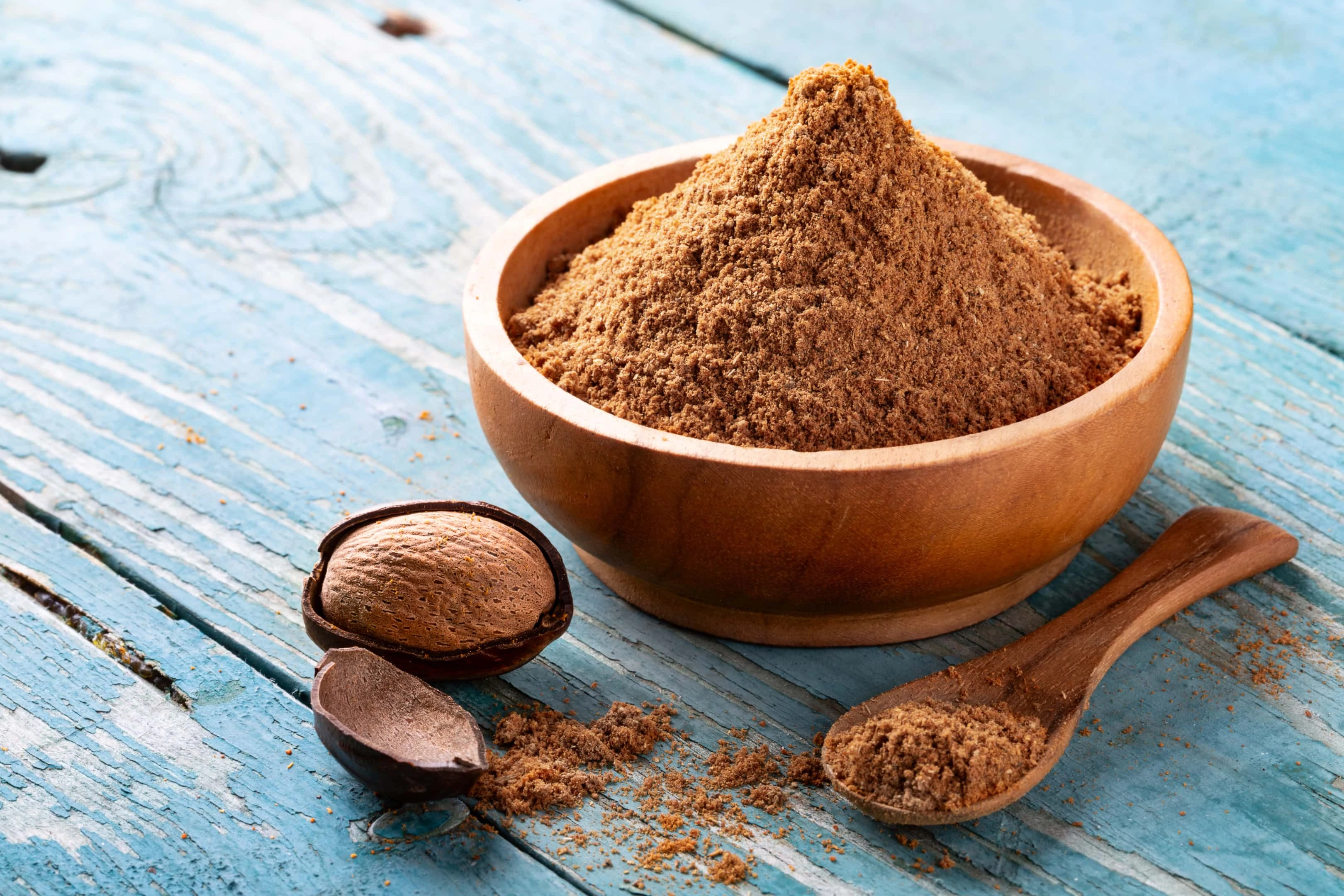
Most of us recognize this spice from recipes of eggnogs, custards, and the traditional bechamel sauce. A must-have ingredient during Christmas, nutmeg is the dried seed of the Myristica fragrans plant, native to Indonesia. Back in the early 1600s, the Dutch East India Company had waged a ruthless battle against Indonesia’s Banda Islands (where nutmeg was first discovered). All just to get a hold on the monopoly of this spice.
People all across the world use nutmeg in a variety of sweet and savory dishes. It works well with meat, cheese, pasta, rice, mushrooms, and even vegetables like broccoli. With an undeniably strong flavor, a little goes a long way with this spice. Add just a pinch of ground nutmeg along with pepper and some lemon zest, and we promise you won’t miss the taste of ginger!
A word of caution: When cooking with nutmeg, make sure you use no more than the suggested amount. Excessive consumption of nutmeg can lead to toxicity, resulting in nausea, palpitations, and other psychoactive effects.
3. Mace
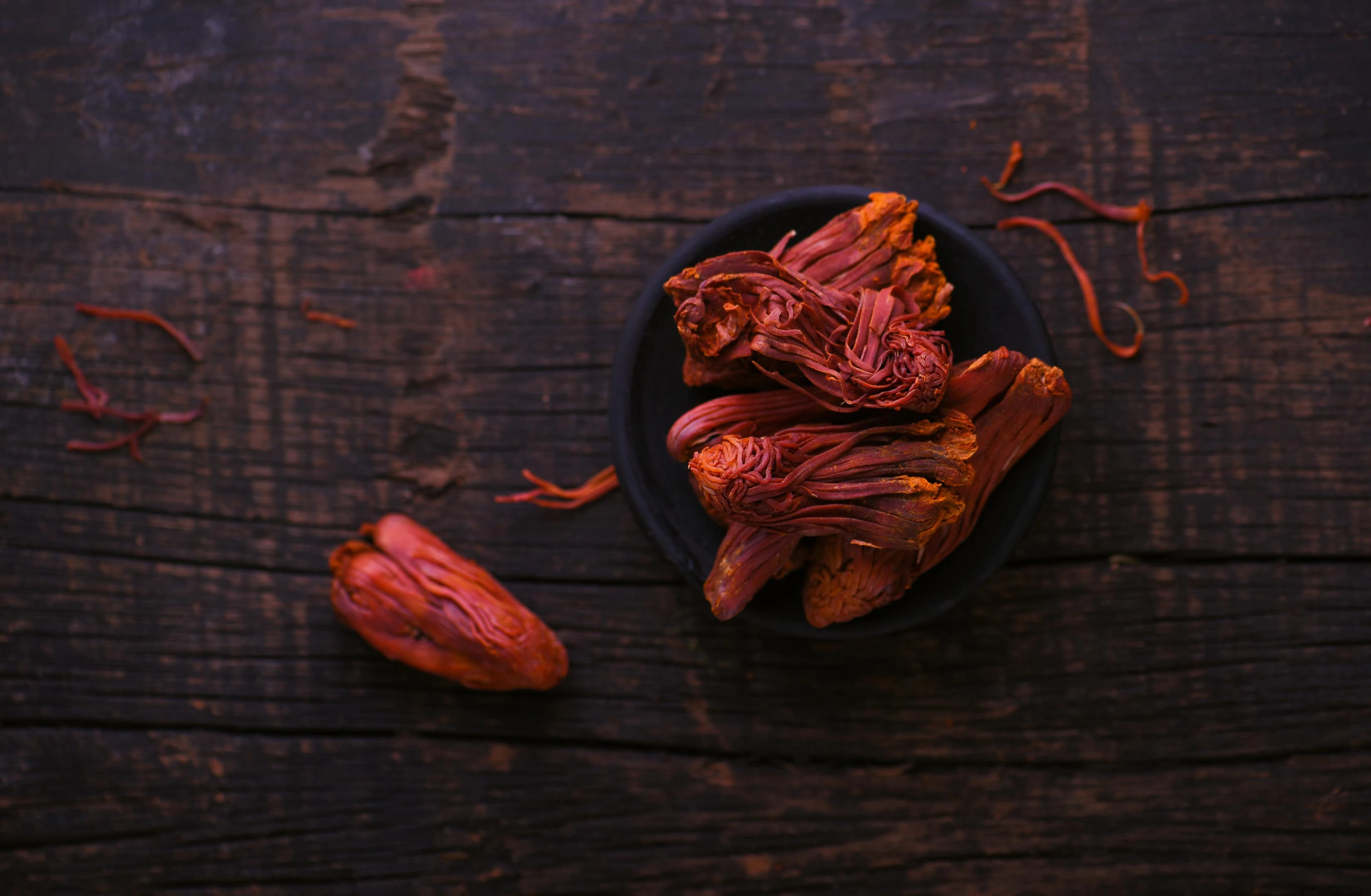
This stiff tendril-like spice is actually the skin that covers the nutmeg seed. After the drying process, the reddish coat is carefully separated from the seed and what you have is the spice called mace. Although both nutmeg and mace come from the same tree, they taste quite different from each other. While nutmeg has a milder, sweeter flavor, mace is slightly spicier. It’s an important ingredient in Asian, Indian, Mediterranean, and East European cuisine.
As with most spices, it’s best to buy them whole and grind them at the time of cooking. This helps to activate the natural oils, which is where the flavor really comes from. The oil tends to dry out over time in the powdered form and can reduce the effectiveness of the spice.
You don’t need any particular preparation for using mace. Simply sprinkle a pinch on top of any sweet dish, beverage, or add it to butter or oil when preparing something savory. Due to the high heat quotient of mace, nutmeg is a better option when it comes to desserts and other baked foods.
4. Cinnamon
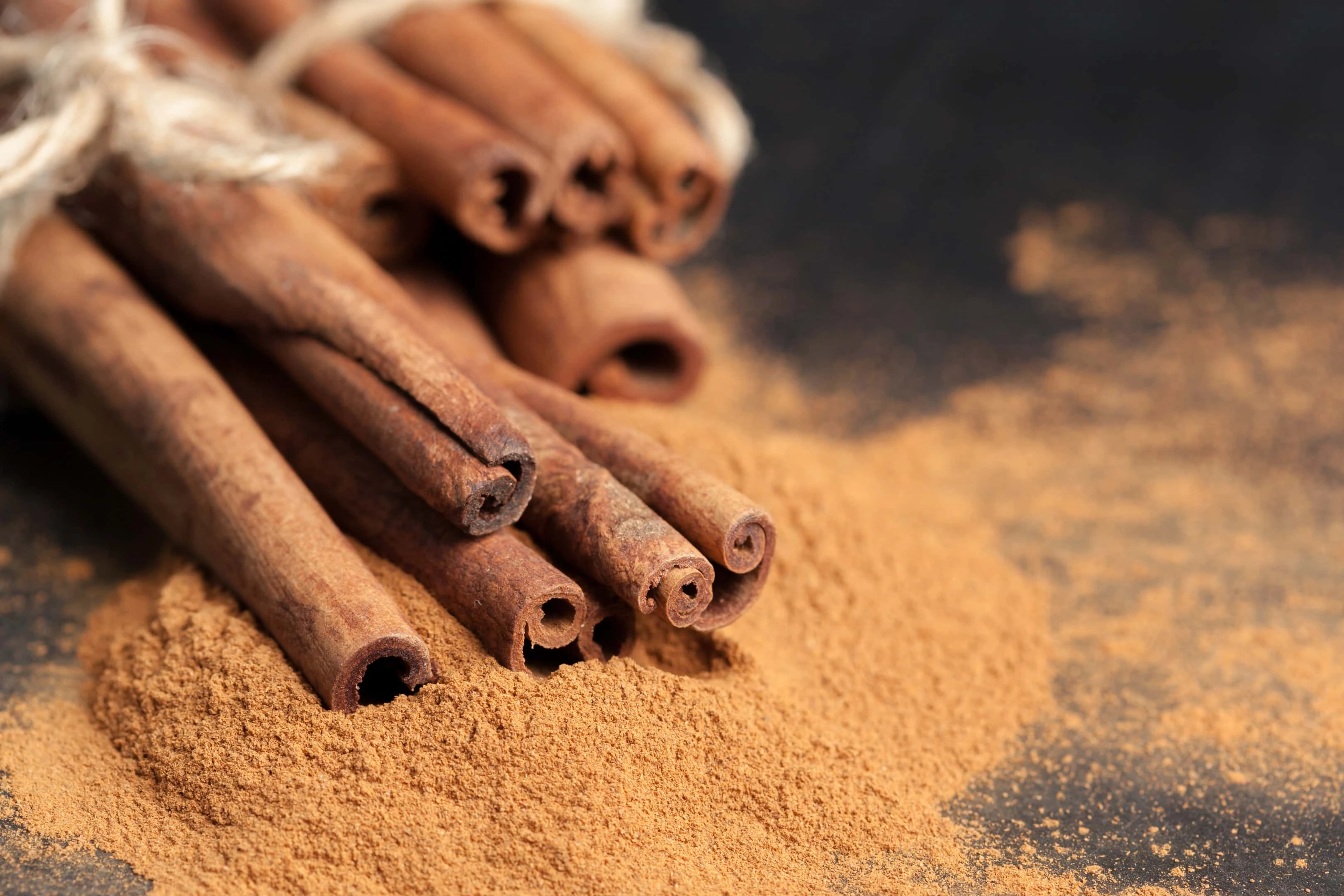
There’s no household that won’t have cinnamon stocked in their pantry. This versatile spice is a favorite for a wide range of baking dishes. Interestingly, cinnamon is used in the preparation of rich, decadent gravies in Persian and Indian cuisine. It is a predominant ingredient in the popular garam masala. The distinct sweet flavor of the spice stands out no matter how many other herbs you add to the dish.
There are two particular varieties of cinnamon available. What most of us in the U.S. consume is actually cassia, harvested from the bark of the Cinnamomum aromaticum tree, which grows in several South and Southeast Asian countries. The more authentic cinnamon comes from the Cinnamomum verum plant, native to the island country of Sri Lanka, and is known as Ceylon cinnamon.
You can find the spice in the powdered form or as stacks of curled sticks. You can gauge the quality of cinnamon from the ease with which you can powder it. Combine the spice with a dash of powdered pepper to get the perfect substitute for ginger. Although mostly used in baking, you can add it in your preparations of sauces and gravies for various meat, fish, and seafood. For savory dishes, add powdered cinnamon or an inch of the stick during the cooking process itself. This helps in releasing the oils and diluting some of the sweetness, which enhances the flavor of the meal.
5. Galangal
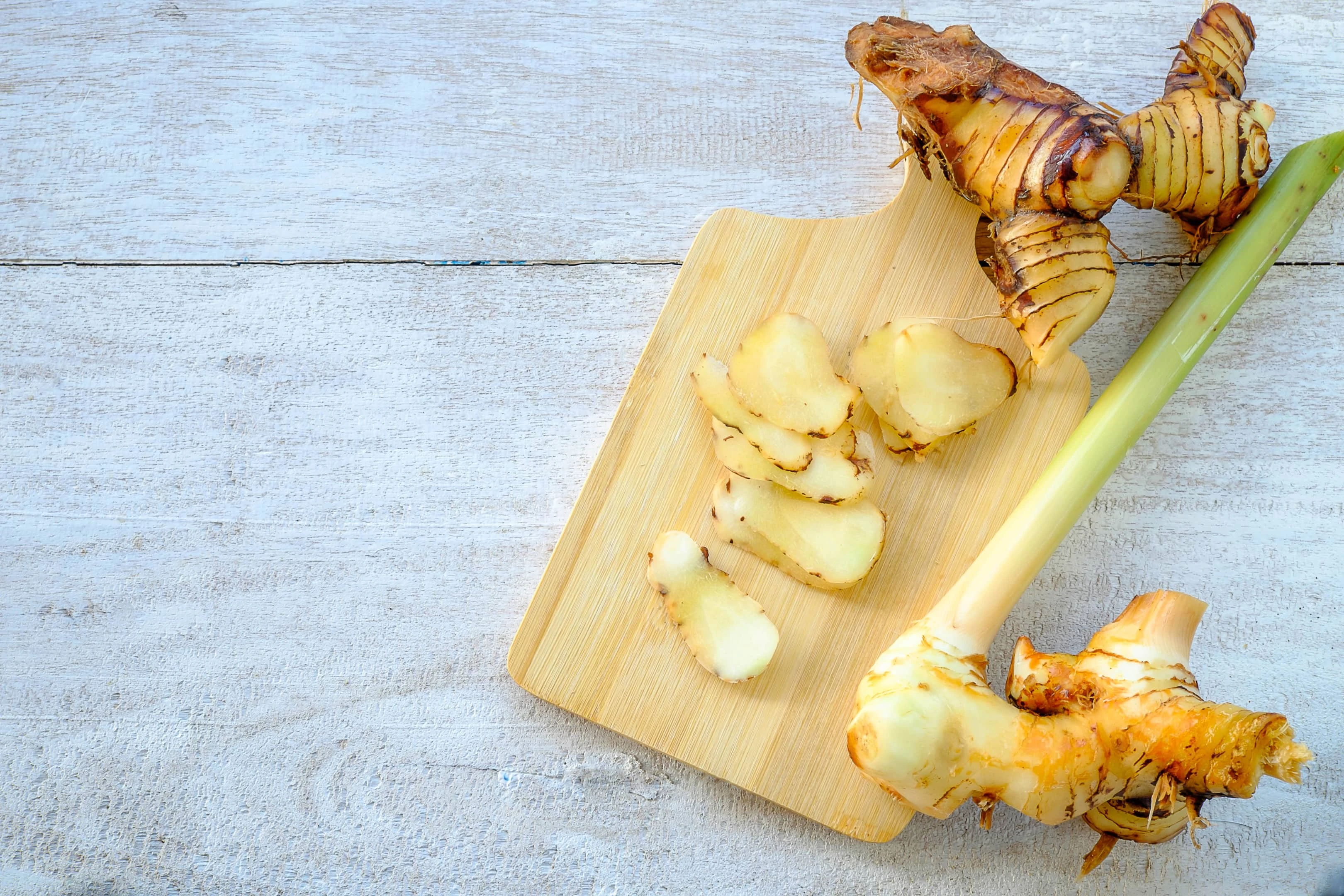
To be honest, if you don’t have ginger at hand, the chances of galangal lurking in your kitchen are even smaller. However, on the off-chance that you do, it can work as a handy ginger substitute. If vegetables were twins, galangal and ginger would form an indistinguishable pair. Both belong to the same rhizome family (Zingiberaceae) and can be easily mistaken for the other.
Unlike mildly sweet ginger, galangal has a remarkably stronger flavor and leans more towards spicy than sweet. As such, you can use this substitute in savory dishes that call for ginger. However, it’s better to avoid it for baking purposes. But if you’re feeling up to experimenting, go ahead and use a minuscule quantity of galangal for making sweet sauces and dips! Since it has a strong flavor, reduce the amount of galangal to a third of what you’d ordinarily use for ginger. Add it to the dish in the initial stages of cooking. This way, the intensity of flavor waters down along with the other condiments in the recipe.
Galangal has a hard texture compared to ginger, and you’ll find that it’s quite impossible to grate it. You can chop it into fine julienned pieces. Moreover, you can prepare a paste in the blender before adding it to your meals.
6. Lemon and black pepper
Last but not least, let’s not undermine the culinary potential of the commonplace lemon and black pepper mixture. True, their names don’t generate quite the same interest as all the exotic spices above. However, they have the power to raise any dish from bland to scrumptious in a heartbeat. The heat of the pepper, accompanied by the tanginess of lemon, will provide a near enough taste to ginger. Add a dash of sugar or cinnamon for that hint of gingery sweetness. You won’t know that the root herb is missing at all. If black pepper is a bit too much, swap it with white pepper with no marked change in the taste. Additionally, for a stronger flavor, add in a teaspoon of lemon zest towards the end of your cooking. The aroma will infuse beautifully into the meal, leaving a lingering aftertaste just as ginger does.
Final words
Each spice has its own unique taste and adds a different dimension to the dish. While it's next to impossible to replicate the exact flavor of ginger, most of these spices will alleviate that ‘missing factor’ in the absence of the master herb. If you still find your tastebuds crying for an authentic gingerly touch, do quick research to locate all the nearby stores that sell ginger round the year. Look for fresh, juicy pieces of ginger when you’re out shopping. Pick the ones that are less knotted as they tend to last longer. Wrap them in paper towels, stow them in the freezer, and change the towels every 3 days. This way, your stock will last for upwards of two weeks.
Meanwhile, you can play around with all these ginger substitutes and keep your palate from drying out!

A writer passionate about wellness, nutrition, and intentional living. She creates engaging, research-based content that empowers readers to live healthier lives. Through every article, she brings clarity, inspiration, and a touch of everyday practicality. Read more about Juliana.



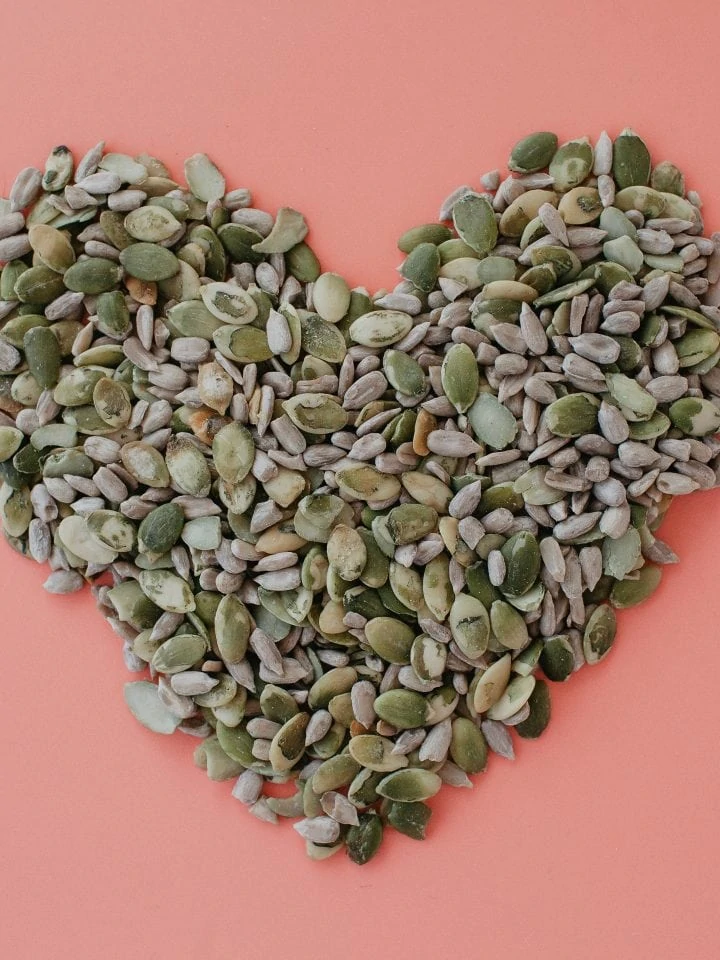



Comments
No Comments